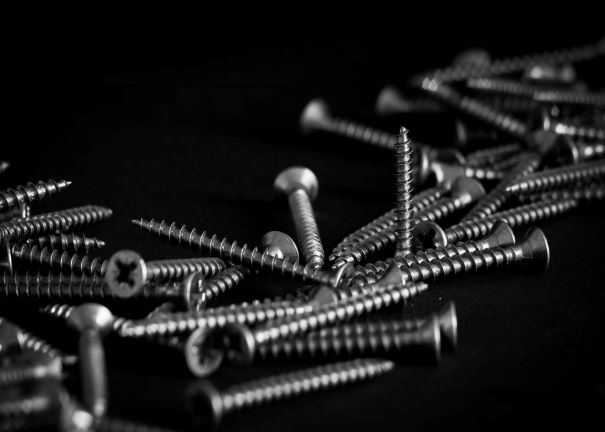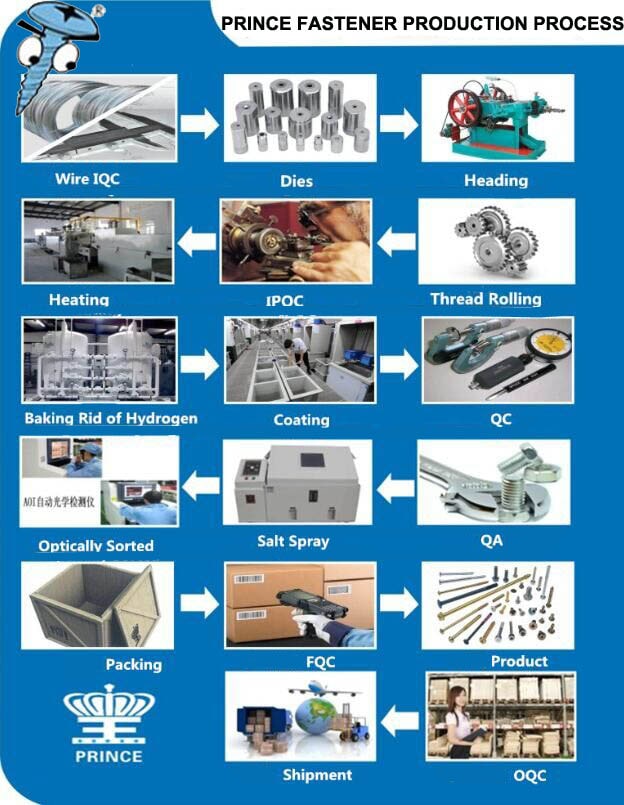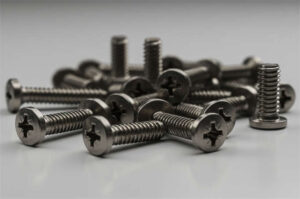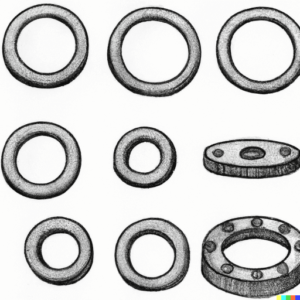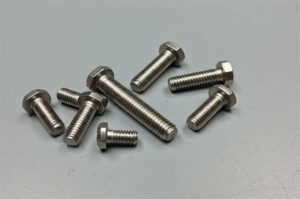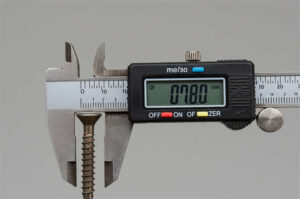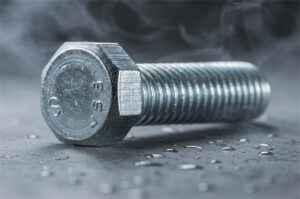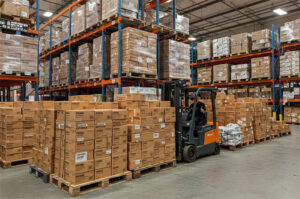Self-drilling Screw | The Metal Fabrication
Over the years of evolution of many fastening components to provide security and safety in their use, professionals innovated self-drilling screws for quick and easier work while providing stability. This screw is basically a sub-category to self-tapping but there are distinguishable differences between the two.
Self-tapping screws are known to eliminate pre-drilling a pilot hole on a surface while creating a tight fix of materials. It’s one of their many similarities to self-drilling screws, yet self-drilling screws are able to penetrate or pierce much easier into the material at ease. Moreover, self-drilling screws have more to offer, let’s get to know their production process and their capabilities below.
How Are Self-drilling Screws Made?
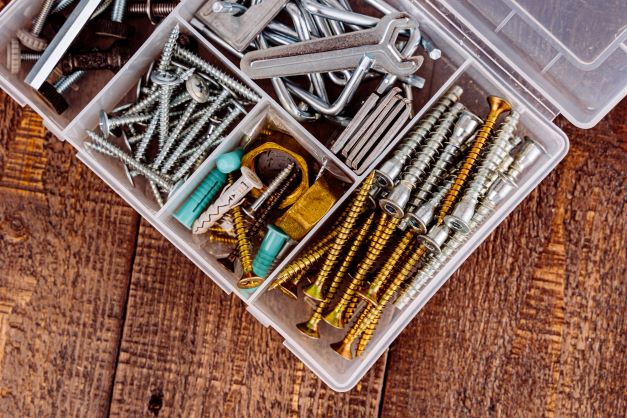
Fasteners are made from metal elements such as stainless steel, carbon steel, alloy, aluminum, brass, copper, etc. They come in the form of wire coils which are then processed into machines for forming and treatment. For a detailed understanding let’s learn the terminologies and different processes.
Read Here: How Are Fasteners Created?
The Production of Self-drilling Screws
We, Prince Fastener a reliable source of high-quality self-drilling screws have served more than 30 years in the industry. We pride ourselves on the uncompromised quality and features of our manufacturing capabilities in many kinds of fasteners including self-drilling screws.
Our production of self-drilling screws takes a strict process of ensuring standards and quality of materials. Prince fastener proudly shares the manufacturing processes of self-drilling screws;
Self-drilling Screw Manufacturing
Self-drilling screws have drill bit points that allow cutting of the surface material, hence, they are known to be drilled or installed easily without the need of pre-drilling a pilot hole. These screws have high-tensile strength, and durability, and are highly corrosion-resistant in nature.
How are self-drilling screws fabricated by fastener manufacturers?
Wire
The production of self-drilling screws begins from a wire coil. They are measured in diameters depending on the gauge of the screw. The process then takes part by straightening the wire and cutting them to the right length.
Heading
The lengths of wire are fed into the heading machine to cut it and moved to a die whilst performed.
Heat Treatment
This method is performed in order to make the material of fasteners malleable and eliminate other elements that may cause defective properties. Heat treatment also provides hardness and tensile strength on self-drilling screws.
Thread Forming
There are several methods of forming; grinding, cutting, rolling, molding, etc. Thread forming is where the thread pattern or formation of fasteners is processed in a special machine that creates the specific design of threads.
Finishing and Other treatments
The process of making an extra coating on fasteners for ensuring they have high corrosion resistance as well as strength and durability. There are multiple kinds of finishing for self-drilling screws, the process depends on the requirement of their application.
Where to use a self-drilling screw?
Self-drilling screws are versatile fastening components. They are surely used for their advantageous qualities and excellent benefits in joints. Some of their common applications are in the fields of the following;
- Roofing
- Decking
- Sheet Metal
- Framing
- Military
- Medical
- Machinery
- Concrete
Conclusion
- Self-drilling screws have a drill bit point that acts the same as tools for cutting and drilling on surfaces.
- As their name implies, self-drilling screws provide convenience from an easier and lesser workload process.
- There are a variety of types of self-drilling screws according to size, shape, thread, material, head style, drive style, and more.
- The production process of self-drilling screws allows them to have high-quality features such as the ability to withstand corrosion, high-tensile strength, and life-long durability in the assembly.
- A proper selection of self-drilling screws will enable a secure and safe connection between the materials of their application.
